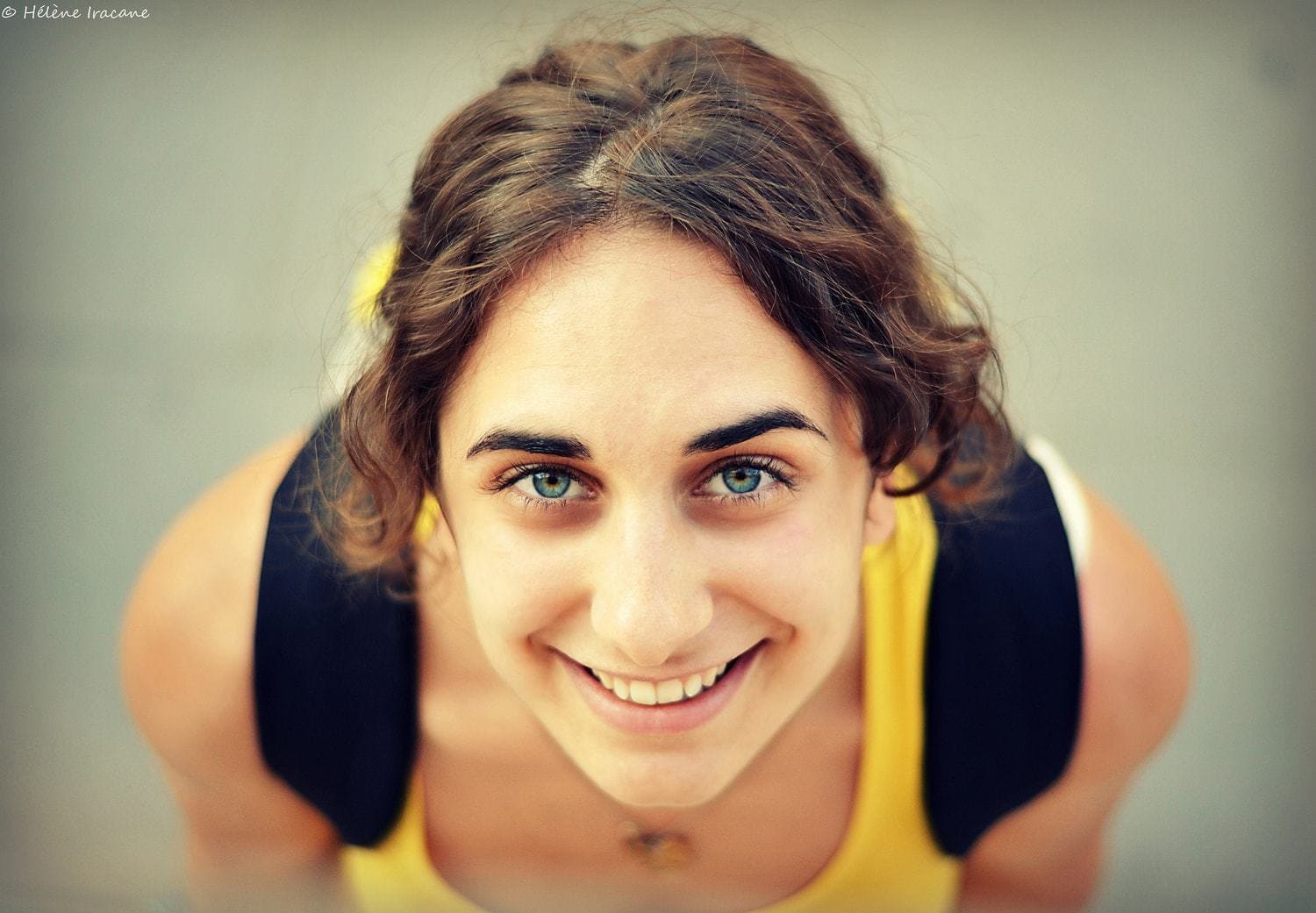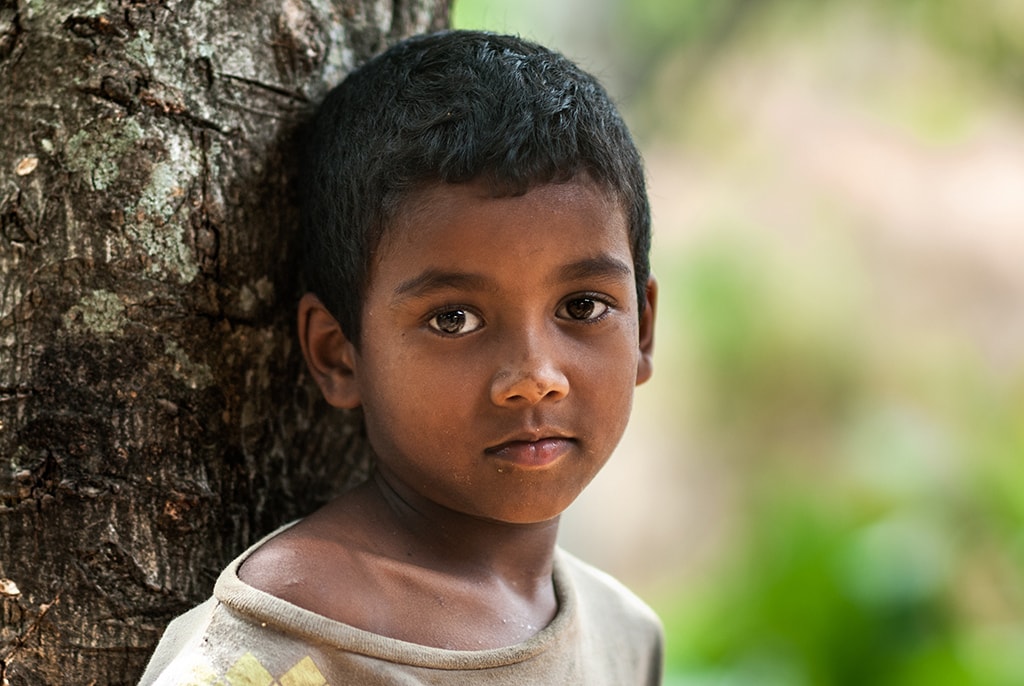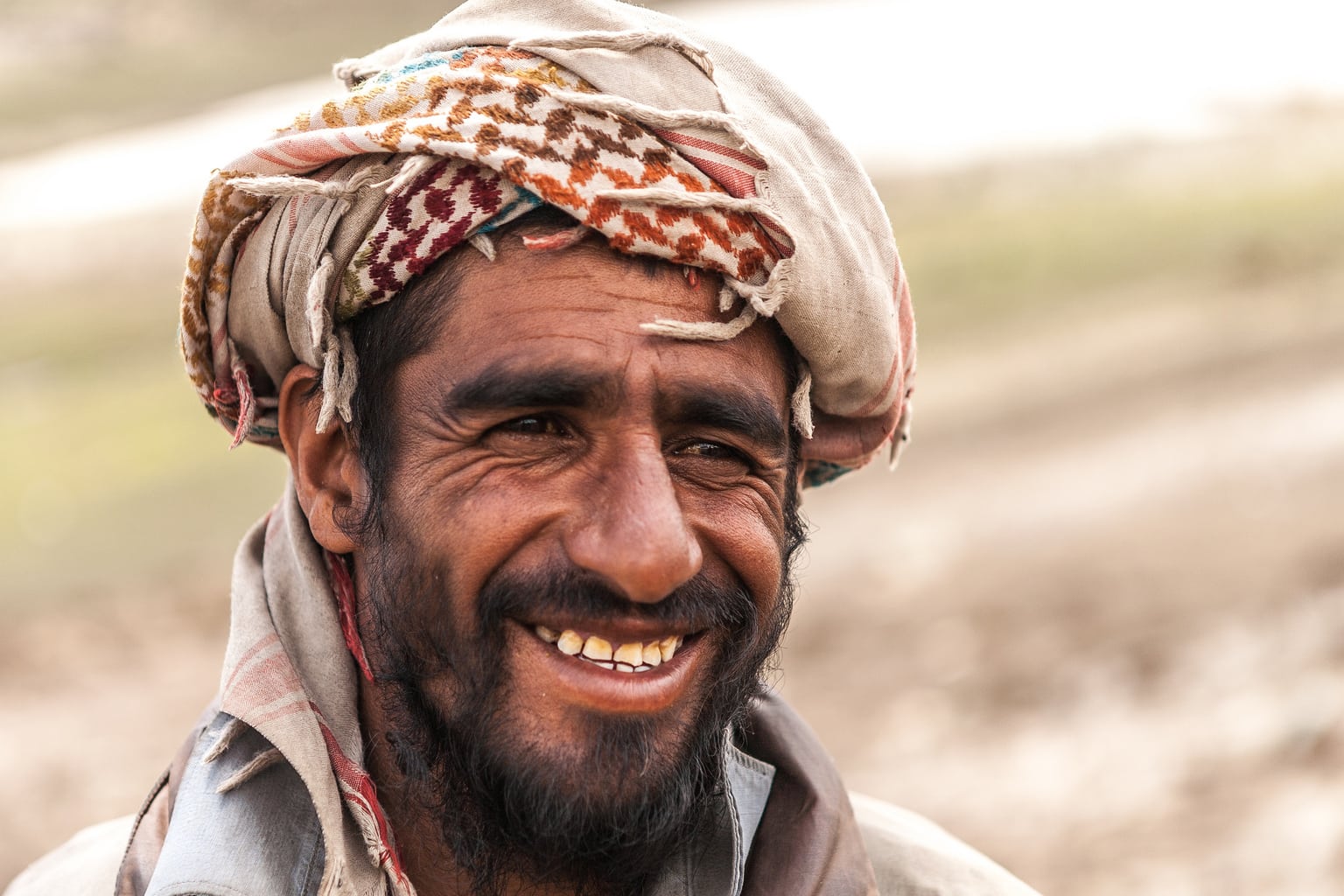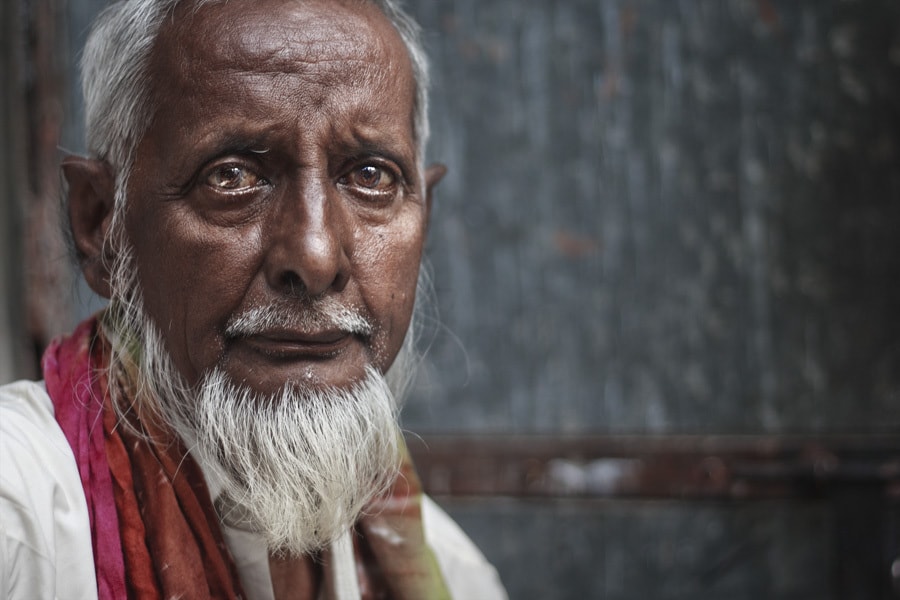Photography and portraits are the ideal marriage, at least while they coexist peacefully within the limits of the frame. The poses, looks, gestures and sensations that this type of photography is capable of transmitting are easily threatened by carelessness or errors that can put an end to this exciting coexistence.
The problem arises when, more confident in obtaining the final photograph you have in your mind than in working to achieve it, you overlook certain details that can end up leading to divorce for this magnificent union.
That is why in today's article I have prepared a list of the most frequent mistakes in portrait photography so that the next time you are about to take them, you do not shake this beautiful relationship.
But before continuing, you can't miss this mega guide on portrait photography with all the tips and tricks, and much more than you can imagine.
Now pay attention to the following portrait photography mistakes so that you can avoid them in the future. And notice the importance of not doing it, appreciating the beautiful photographs that have been able to successfully draw them:
1. Ignoring the backgrounds: It doesn't matter how professional your model is and the spectacular poses she does for you if any element of the frame takes away from it. Ignoring the background in your portrait photos can be a blunder. Try to minimize or eliminate from the frame all those elements that could distract the viewer from your protagonist. The more the model contracts with the fund, the more attention will be focused on it . Try to use large f-stops (greater blur) or smooth/uniform backgrounds .
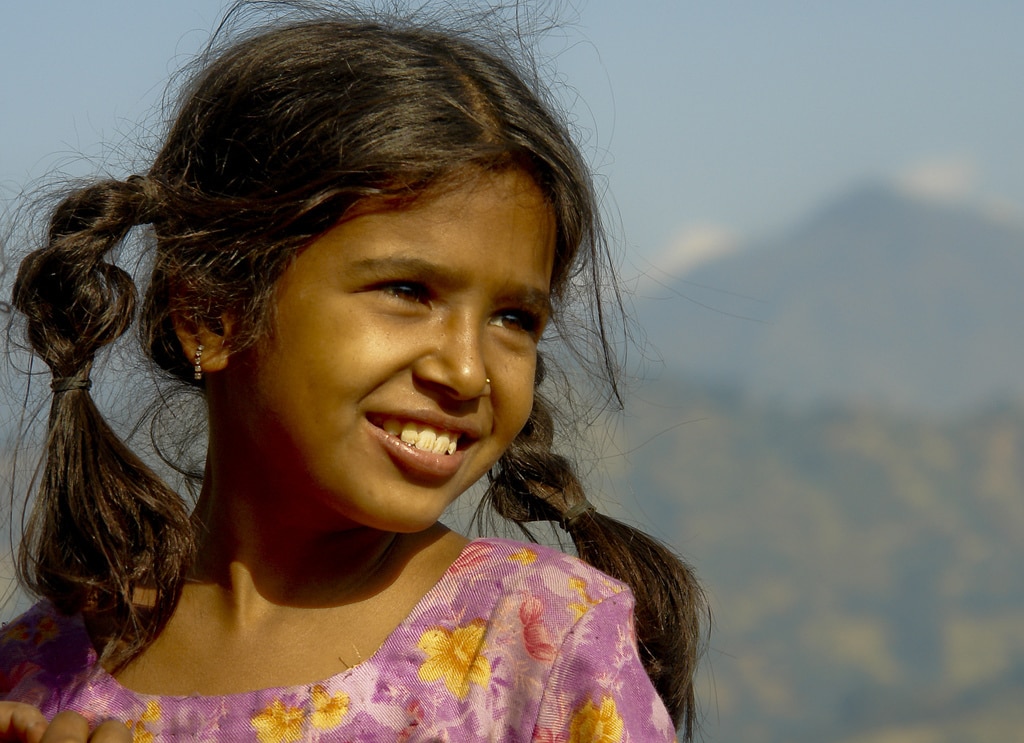
2. Just focus on the photos: In portrait photography, the interaction between the model and the photographer is everything, even more than the resulting photos. If you can't connect with your model, your portrait photos will suffer. It is very important that you strive to make your models feel comfortable, calm and confident. If you notice that your model is a little tense, try to talk to him and give him confidence, or bring him closer to some object or element with which he can interact so that he feels calmer and "forgets" that you are there. portraying it. In this way, your photos will not only come out more natural, but the experience of working with you will be more pleasant.
3. Not working with colors: colors are another important compositional element that you cannot ignore when working with your models. These can help your model gain strength or, on the contrary, if you ignore them, lose it. Use colors to contrast your model and thus highlight their poses. If you are taking your photos in a park, try to contrast the green grass with blue tones or, if what you want is to make it get lost among these, try putting a green dress on it in order to highlight a particular feature, its look, etc Take the test, the results will surprise you.
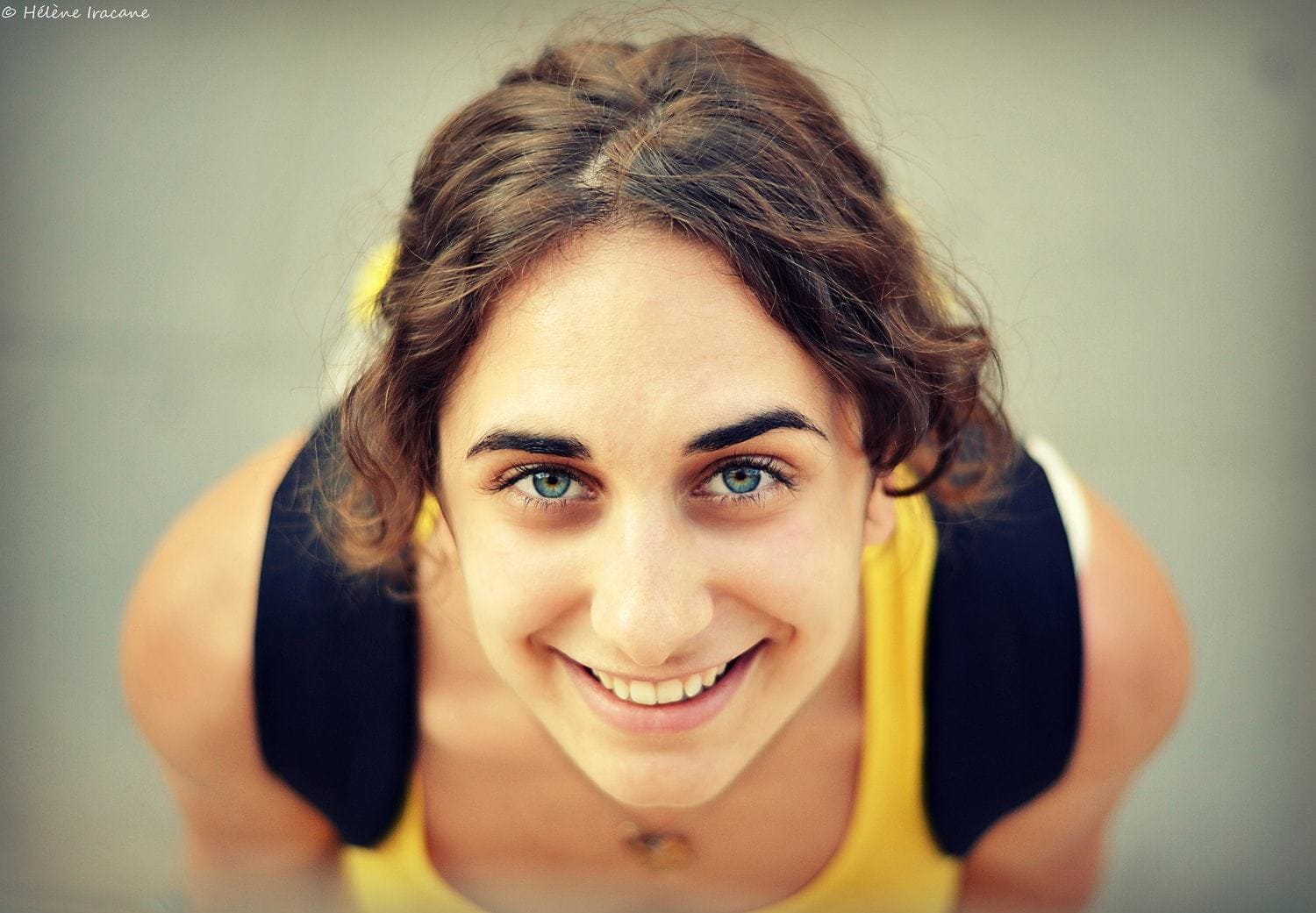
4. Breaking the rules: While the rule of thirds is a rule to be broken, in portrait photography it may be better to leave it intact. Placing your model in the center of the frame will take away expression and surprise from the photograph. Place it in the points of greatest attraction within the frame in order to enhance the sensations that it transmits in each of its poses. Breaking the rules is an art , but respecting them is too.
5. Do not cut heads: do not worry that you will not go to jail. A very effective way to create some tension in your portraits is by cutting off part of the head, letting the attention focus on the most striking aspects of the face. Cut slightly above the forehead and focus the gaze on the eyes. Cheer up, start chopping heads .


